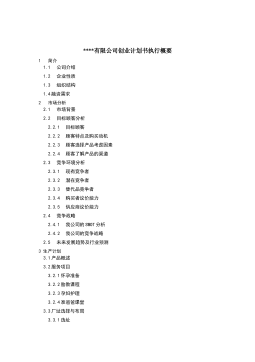高科技企业自主创新联盟的绩效考评研究
摘要中国企业自主创新联盟现象的产生具有一定的客观必然性,其健康有序的发展不仅会使参与创新联盟的企业从中受益,而且其示范效应、扩散效应以及联动效应也会带动更多中国企业自主创新能力的不断提升。本文所研究的高科技企业自主创新联盟是指高科技企业的自主技术集成创新联盟。其绩效考评是指对单个高科技企业及联盟本身实现目标程度的考核与评价。对高科技企业自主创新联盟进行绩效考评,是测定高科技企业自主创新联盟是否取得了成功,竞争力是否如预期的得到了增强以及下一阶段应该如何改进绩效的关键,本论文基于显性绩效考评指标和隐性绩效考评指标建立的二维模糊综合评判模型可为各高科技企业自主创新联盟的绩效考评决策提供参考。本论文...
相关推荐
-
USST_Arts_112480743自动生产线的同步维修模型及案例分析VIP免费
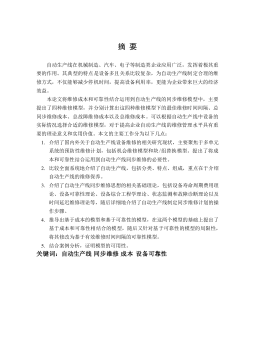
 2025-01-09 14
2025-01-09 14 -
USST_Arts_112480745基于供需网特征理念的企业间关系状态研究VIP免费

 2025-01-09 15
2025-01-09 15 -
USST_Arts_112480756 我国城镇化与能源消费结构间关系的研VIP免费
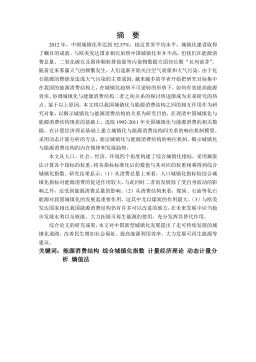
 2025-01-09 20
2025-01-09 20 -
USST_Arts_112490763 企业创新型团队社会网络、知识管理过程及团队创造力关系研究VIP免费

 2025-01-09 13
2025-01-09 13 -
USST_Arts_112490769创新团队执行力影响因素分析VIP免费

 2025-01-09 16
2025-01-09 16 -
USST_Arts_112070649基于团队自反性的科技型企业TMT特征对企业绩效的影响研究VIP免费
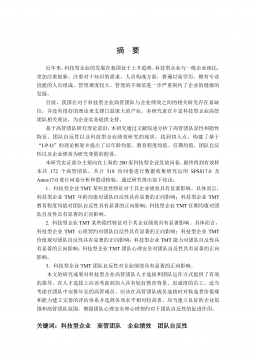
 2025-01-09 21
2025-01-09 21 -
TR公司工业机器人市场发展战略研究VIP免费

 2025-01-09 24
2025-01-09 24 -
二氧化碳套管式气冷器的研究VIP免费

 2025-01-09 17
2025-01-09 17 -
非共沸混合物在微通道水平单管内流动沸腾特性VIP免费
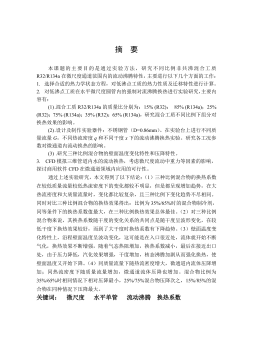
 2025-01-09 81
2025-01-09 81 -
基于MRO的连铸辊维护管理系统研究VIP免费
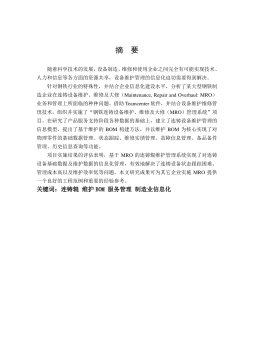
 2025-01-09 11
2025-01-09 11
相关内容
-

USST_Arts_112070649基于团队自反性的科技型企业TMT特征对企业绩效的影响研究
分类:高等教育资料
时间:2025-01-09
标签:无
格式:PDF
价格:15 积分
-

TR公司工业机器人市场发展战略研究
分类:高等教育资料
时间:2025-01-09
标签:无
格式:PDF
价格:15 积分
-

二氧化碳套管式气冷器的研究
分类:高等教育资料
时间:2025-01-09
标签:无
格式:PDF
价格:15 积分
-

非共沸混合物在微通道水平单管内流动沸腾特性
分类:高等教育资料
时间:2025-01-09
标签:无
格式:PDF
价格:15 积分
-

基于MRO的连铸辊维护管理系统研究
分类:高等教育资料
时间:2025-01-09
标签:无
格式:PDF
价格:15 积分


